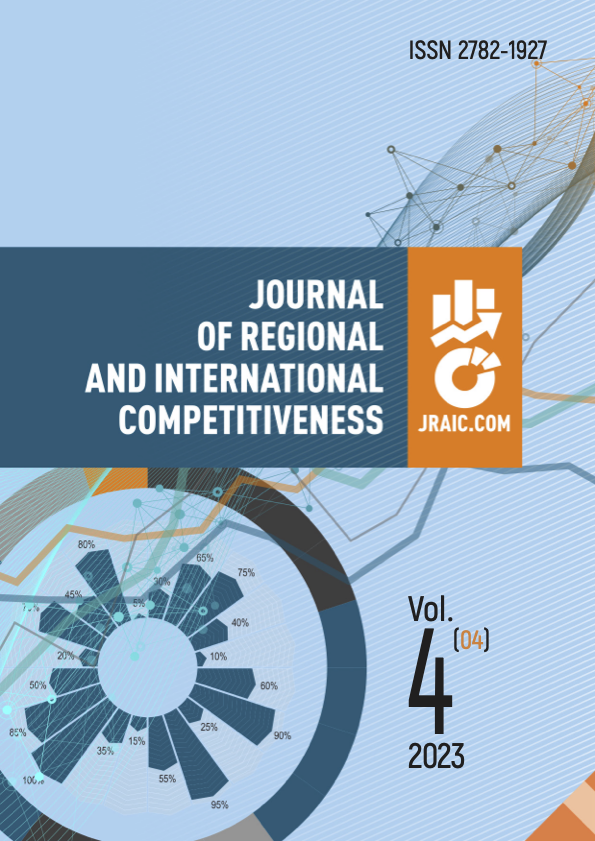Yaroslavl, Yaroslavl, Russian Federation
Integration processes generate so-called "spillover effects", which have an impact on the welfare of the population of the countries involved in integration processes. Russia, as the largest economy of the Eurasian Economic Union (EAEU), acts as the main generator of economic impulses / "shocks" for the other member states of the economic association. The purpose of the study is to verify the existence of a statistically significant relationship between the mutual trade turnover dynamics of the EAEU member states and the economic growth rates of the integrating states using regression analysis. We used regression analysis to validate the hypothesis put forward in this paper (changes in the volume of mutual trade in the EAEU area have an impact on the GDP of the EAEU member countries). The use of regression analysis helped to exclude the Armenian economy from the list of countries where there is a statistically significant relationship between the volume of mutual trade within the EAEU and GDP growth rates (previously, the use of correlation analysis allowed to identify such a relationship for three of the five integration economies). The obtained results indicate that the GDP of the economies under study is generally insignificantly affected by the volume of mutual trade within the EAEU.
INTERREGIONAL TRADE, SPILLOVER EFFECTS, REGRESSION ANALYSIS, GDP, EAEU
1. Shkiotov, S. V. (2023). Spillover effects of integration: a study of the channel of interregional trade in the EAEU. Teoreticheskaya ekonomika, 105(9), 147–157. Retrieved from http://www.theoreticaleconomy.ru/ index.php/tor/article/view/475 (in Russian).
2. Zoidov, K. Kh., & Zoidov, Z. K. (2021). Gravitational econometric models of foreign trade of the EAEU+ countries: analysis, assessment and search for sources of inclusive economic growth. Market Economy Problems, (3), 196–226. Retrieved from https://doi.org/10.33051/2500-2325-2021-3-196-226
3. Terletskiy, M. V., & Madiyarova, D. M. (2023). Drivers of mutual trade of the EAEU countries in conditions of trade barriers (on the example of mineral products). In Advances in Business Marketing and Purchasing, 27, 59–67. Retrieved from https://doi.org/10.1108/S1069-096420230000027007
4. Orudzhev, E., & Alizade, A. (2021). Cointegration analysis of the impact of Azerbaijan and Ukraine GDPs on the trade turnover between these countries. Journal of International Studies, 14(3), 274–290. Retrieved from https://doi.org/10.14254/2071-8330.2021/14-3/18
5. Ali, T., Huang, J., & Xie, W. (2022). Bilateral Economic Impacts of China–Pakistan Economic Corridor. Agriculture (Switzerland), 12(2). Retrieved from https://doi.org/10.3390/agriculture12020143
6. Khan, N. I. (2019). Global trade war and its impact on trade and growth: War between USA, China and EU. International Journal of Innovative Technology and Exploring Engineering, 8(8), 934–942.
7. Drapkin, I., Sidorov, K., & Mariev, O. (2022). The effect of sanctions on EU-russia trade: The study for 2015-2019. Ekonomicky Casopis, 70(9-10), 743-767. Retrieved from https://doi.org/10.31577/ekoncas.2022.09-10.04




















